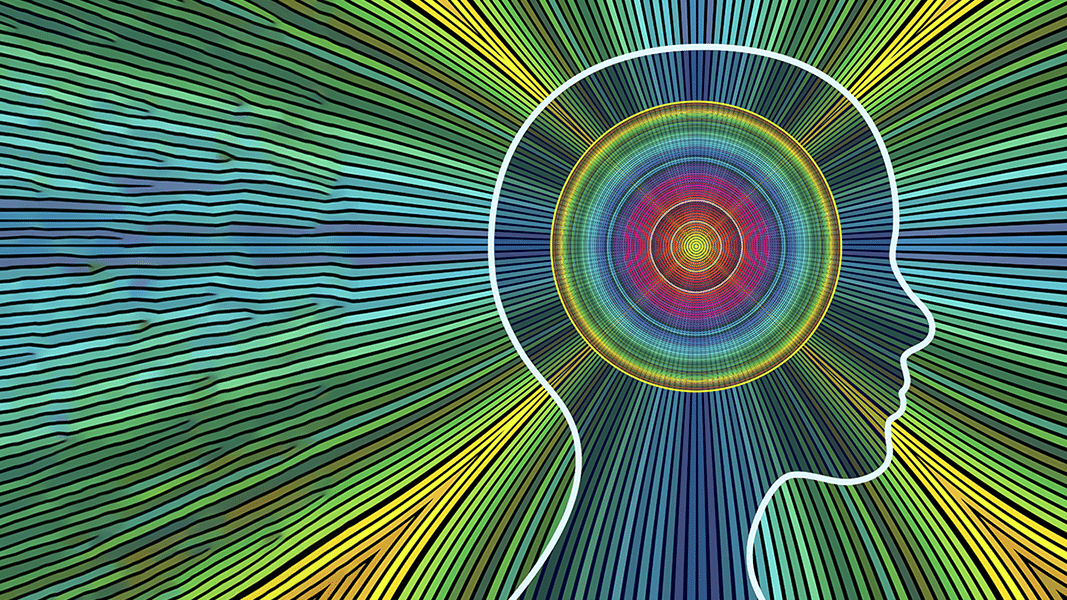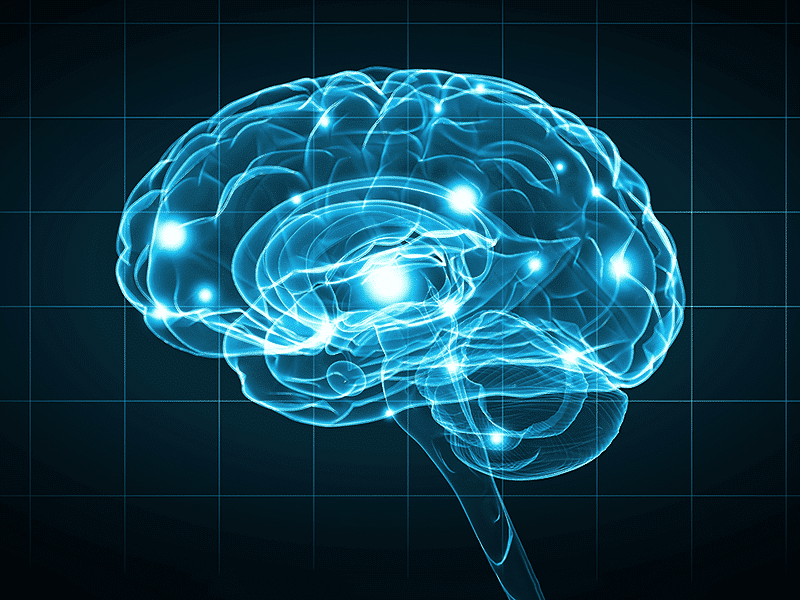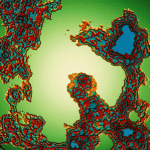In 2013, mainstream media outlets began to report on the promise of high-CBD strains like Charlotte’s Web (named for a five-year-old girl whose grand mal seizures were significantly reduced with cannabis oil) to treat seemingly intractable epileptic seizures in children. By garnering public support for greater access to medical cannabis among families that needed it, these stories helped to advance the cannabis legalization campaigns that continue to this day.
Though other medical and therapeutic uses of cannabis (such as for pain, nausea, and sleep problems) now seem to dominate the public discourse, the plant’s ability to ameliorate a variety of neurological disorders remains a subject of significant interest in health care and scientific research. Cannabis constituents are being investigated for potential use in the treatment of not just epileptic seizures but also traumatic brain injury, neurodegenerative diseases like Alzheimer’s, Parkinson’s, and Huntingon’s diseases, and other neurological disorders.
Project CBD identified four newly published papers on the subject, including two reviews of previous research and two original studies. Together they offer insight into the state of the science, including what’s still left to learn and what’s becoming increasingly clear.
Not Just Cannabinoids
A host of cannabis-derived phytochemicals including cannabinoids, terpenes, flavonoids, and other antioxidants have shown neuroprotective effects through various cellular and molecular pathways in preclinical research, according to University of Adelaide researchers Scott Smid and John Staton Laws III in a new review in the journal Phytomedicine.1
“Cannabis sativa synthesizes numerous classes of secondary metabolites including over 140 terpenes, 104 cannabinoids, [and] 26 flavonoids … that demonstrate a diverse range of bioactivities,” the authors write. Among these, a surprising number have been shown in previous studies to possess neuroprotective properties, including the cannabinoids CBD, CBC [cannabichromene], Delta-8 THC, and Delta-9 THC; the terpenes limonene, myrcene, linalool, alpha-pinene, beta-caryophyllene, humulene, alpha-bisabolol, friedelin, and terpinolene; and the flavonoid cannflavin A.
Though these findings in cells and animal models have not been confirmed in randomized and controlled clinical studies in humans, they nonetheless provide “strong evidence” of a role for cannabis constituents, individually or in combination, as potential neuroprotectants, the authors write – and throw support behind the idea of using medical cannabis as a treatment for Alzheimer’s and other neurodegenerative diseases.
Spotlight on CBD
A second recent review, published in the journal Molecules in August,2 focuses on the ability of CBD and some synthetic derivatives to reduce neuroinflammation mediated by microglia, immune cells of the central nervous system that are known to be modulated by the endocannabinoid system.3 Since many common neurological disorders are characterized by inflammation of the brain, cannabinoids could potentially support the prevention and/or treatment of disease by tempering or reversing the pro-inflammatory response of microglia.
Mounting clinical and preclinical evidence supports this assumption, write the authors, also based in Australia (in this case Western Sydney University) – particularly for cannabidiol. “CBD has promising therapeutic effects … [for] neurological disorders such as epilepsy, multiple sclerosis, ischemic brain injuries, neuropathic pain, schizophrenia, and Alzheimer’s disease,” they note. “A number of preclinical studies suggested that CBD exhibited potent inhibitory effects of neurotoxic molecules and inflammatory modulators, highlighting its remarkable therapeutic potential for the treatment of numerous neurological disorders.”
However, they add, the molecular mechanisms of action underpinning CBD’s effects on neuroinflammation via microglia appear to be complex and are still poorly understood. To shed light on the issue, the authors review what the current science says about several pathways considered crucial to the pathophysiology of microglia-mediated neuroinflammation, including – alphabet-soup alert! – “downregulation of NADPH oxidase-mediated ROS, TLR4–NFκB, and IFN-β-JAK–STAT pathways.”
Finally, the authors summarize preclinical studies investigating the anti-neuroinflammatory activity of more-potent synthetic CBD derivatives, and of CBD in tandem with THC. All told – uncertainties about precise mechanisms notwithstanding – the evidence looks pretty good, they conclude.
More Support for Full-Spectrum Extracts
Meanwhile, recent papers out of Italy and Spain describe studies employing in vitro assays (in cells) to further evaluate the neuroprotective potential of various cannabis constituents.
The first, published in September in Frontiers in Pharmacology,4 assesses the antioxidant and neuroprotective activity in mouse brain cells of two extracts – one in water and the other hexane – of the “industrial hemp” strain Futura 75. While this strain is said to contain 2-3% CBD and approximately 0.1% THC, the authors note that they’re interested not only in cannabinoids, but also terpenes, alkaloids, and especially flavonoids.
The extracts showed an array of “striking” and “interesting” effects, the authors conclude, and “could be a source of compounds with potential benefit on human health, especially related to neurodegenerative disorders.”
The second paper, recently published online and appearing in the November issue of Fitoterapia,5 tests a different full-spectrum cannabis extract on a different cell line using different assays suggestive of neuroprotective effects. But again the work “demonstrate[s] the in vitro effectiveness of Cannabis sativa extract as a neuroprotective agent,” the authors write, “proposing the whole cannabis phytocomplex as a more effective strategy, compared to its main constituents alone.”
Nate Seltenrich, Project CBD contributing writer, is the author of the column Bridging the Gap. An independent science journalist based in the San Francisco Bay Area, he covers a wide range of subjects, including environmental health, neuroscience, and pharmacology. © Copyright, Project CBD. May not be reprinted without permission.
Footnotes
- Laws, John Staton 3rd, and Scott D Smid. “Evaluating Cannabis sativa L.’s neuroprotection potential: From bench to bedside.” Phytomedicine : international journal of phytotherapy and phytopharmacology vol. 107 (2022): 154485. doi:10.1016/j.phymed.2022.154485
- Yousaf, Muhammad et al. “Neuroprotection of Cannabidiol, Its Synthetic Derivatives and Combination Preparations against Microglia-Mediated Neuroinflammation in Neurological Disorders.” Molecules (Basel, Switzerland) vol. 27,15 4961. 4 Aug. 2022, doi:10.3390/molecules27154961
- Young, Alexander P, and Eileen M Denovan-Wright. “The Dynamic Role of Microglia and the Endocannabinoid System in Neuroinflammation.” Frontiers in pharmacology vol. 12 806417. 4 Feb. 2022, doi:10.3389/fphar.2021.806417
- Cásedas, Guillermo et al. “Evaluation of two different Cannabis sativa L. extracts as antioxidant and neuroprotective agents.” Frontiers in pharmacology vol. 13 1009868. 13 Sep. 2022, doi:10.3389/fphar.2022.1009868
- Borgonetti, Vittoria et al. “Investigation on the neuroprotective effect of a cannabidiol-enriched non-psychotropic Cannabis sativa L. extract in an in vitro model of excitotoxicity.” Fitoterapia, vol. 163 105315. 27 Sep. 2022, doi:10.1016/j.fitote.2022.105315
Recommended Readings
Cannabidiol & Epilepsy Meta-Analysis
How do CBD-rich cannabis oil extracts compare with CBD isolates?
CBD for Brain-Damaged Babies?
Could CBD save the lives of babies born with brain damage? A new clinical trial aims to find out.
No Brainer: CBD & THC for Head Injuries
Athletes are well-versed in the benefits of CBD-rich cannabis for brain injuries. Does the research support them?










